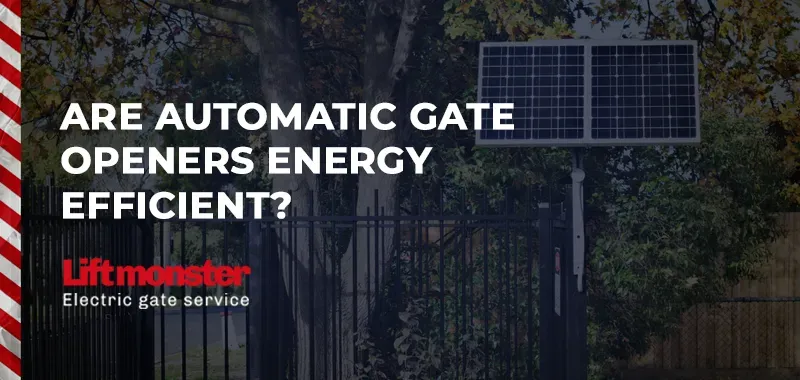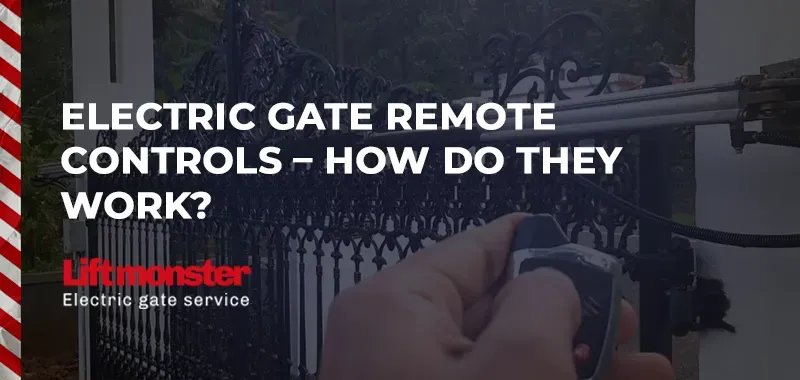Ultimate Guide to Installing an Electric Sliding Gate: Step-by-Step Instructions
Installing an electric sliding gate is a game-changer for convenience, security, and aesthetics. Whether you're upgrading your property or installing a new gate from scratch, this guide will walk you through every step, from choosing the right hardware to wiring and automation setup. If you follow these steps carefully, you'll have a fully operational electric sliding gate that works seamlessly and lasts for years. Let’s dive in!
Before You Get Started
Before jumping into the installation process, there are some essential preparations you need to make. Trust us—cutting corners here will lead to frustration down the road.
Check Your Driveway and Space
- Make sure there’s enough room for the gate to slide open fully without obstruction.
- Remove any trees, plants, or objects blocking the installation area.
- Ensure the ground is level where the gate will be installed.
Confirm Power Availability
- Electric gates need a power source. Check if you have an electrical supply near your gate’s location.
- If not, hire an electrician to set up a dedicated power line.
Call Before You Dig
- In some areas, underground utilities may run where you’re planning to dig.
- Contact your local utility provider to avoid hitting water, gas, or power lines.
Step 1: Choose the Right Sliding Gate Hardware Kit
Your electric gate system needs the right hardware to function smoothly. A complete sliding gate kit typically includes:
- Sliding gate motor – The powerhouse of your gate.
- Gate track – Ensures smooth sliding.
- Gate wheels – Supports movement.
- Guide posts and block – Keeps the gate on track.
- Limit switches – Stops the gate at the right positions.
- Remote control system – For opening and closing.
- Safety sensors – Prevents accidents.
Choose a motor rated for your gate’s weight. A light-duty motor won’t work for a heavy steel gate, while a heavy-duty motor for a light aluminum gate is overkill.
Step 2: Install Gate Posts and Foundation
Your gate posts must be sturdy because they will support the sliding mechanism.
- Position your gate posts according to the ‘between post’ measurement provided with your gate.
- Dig post holes at least 600mm deep and 350mm wide for stability.
- Pour concrete into the holes and let it cure for 24-48 hours before mounting the gate.
If your gate track needs a concrete foundation, dig a trench along the sliding path, pour a concrete strip double the width of the gate, and let it set before installing the track.
Step 3: Install the Sliding Gate Track
- Lay out the track on the concrete foundation or steel beam.
- Roll the gate along the loose track to check alignment.
- Once satisfied, bolt the track down securely.
- Install stop blocks at the gate’s opening and closing ends.
Step 4: Mount the Sliding Gate Wheels
Your gate won’t move properly without well-placed wheels.
- Insert the two steel wheels into the bottom rail of your gate.
- Fasten them securely using tek screws.
- Test-roll the gate along the track to ensure smooth movement.
Step 5: Install the Electric Gate Motor
The motor is the heart of your electric sliding gate. Here’s how to install it correctly:
- Position the motor pad at least 100-120mm deep and anchor it securely.
- Mount the gate motor unit on the pad.
- Align the rack gear with the motor gear.
- Bolt the gear rack onto the gate.
- Ensure the gear teeth interlock properly with the motor drive.
Step 6: Wiring and Power Setup
Safety first! If you’re not confident with electrical work, call a professional.
- Run low-voltage cables from your power source to the gate motor.
- Connect the motor to the power supply following manufacturer instructions.
- Install an emergency manual release in case of power failure.
Step 7: Install Safety Sensors and Remote System
A good electric gate system includes safety features to prevent accidents.
- Install infrared safety sensors at the gate entrance to detect obstacles.
- Connect limit switches to stop the gate at fully open/closed positions.
- Set up the remote control system to communicate with the motor.
- Test the remote and adjust sensor sensitivity as needed.
Step 8: Final Testing and Adjustments
Before calling it a day, run multiple tests:
- Open and close the gate several times.
- Check for smooth operation and correct stopping points.
- Ensure the safety sensors respond to obstacles.
- Adjust the motor settings if necessary.
If everything works as expected—congratulations! You now have a fully functioning electric sliding gate.
Care & Maintenance Tips
Keeping your electric gate in top condition ensures long-term performance.
- Clean the gate regularly with soapy water to remove dirt and debris.
- Lubricate moving parts like rollers and gear racks every few months.
- Check wiring connections periodically to prevent loose or corroded terminals.
- Test safety sensors to ensure they detect obstacles correctly.
- Inspect the motor unit for wear and tear.
If your gate starts behaving oddly (slow movement, unresponsive remote, etc.), check for dirt buildup or obstructions in the track before assuming motor failure.
Conclusion
Installing an electric sliding gate might seem overwhelming at first, but if you break it down into logical steps and take your time, it’s a rewarding project that enhances security and convenience. With the right hardware, proper installation, and regular maintenance, your gate will function effortlessly for years to come.
Need professional assistance? Always consult an expert if you’re unsure about electrical work or motor installation. Better safe than sorry!
Now go ahead and enjoy the comfort of opening your gate with just a click of a button!


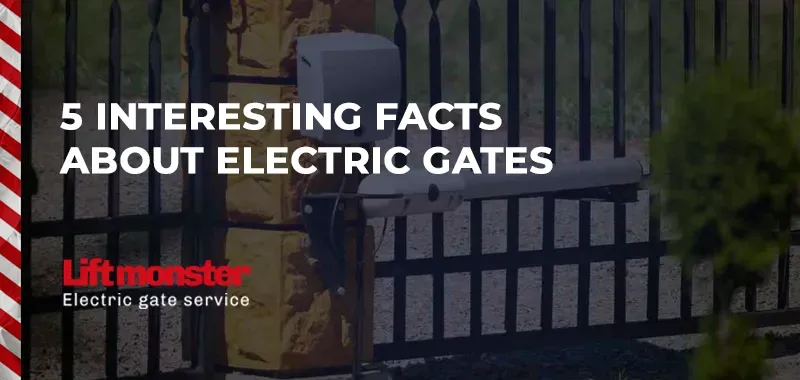
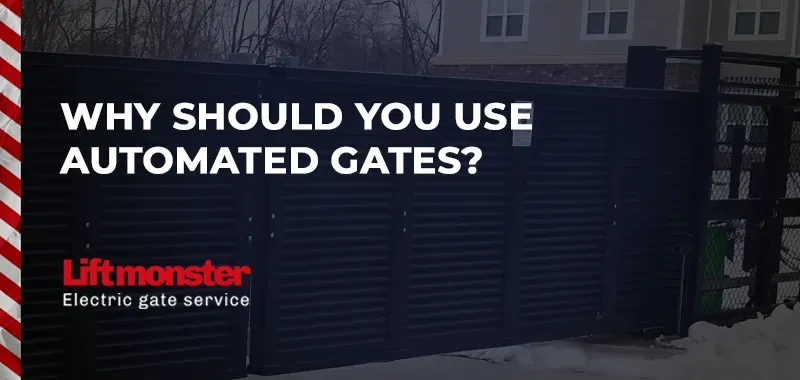
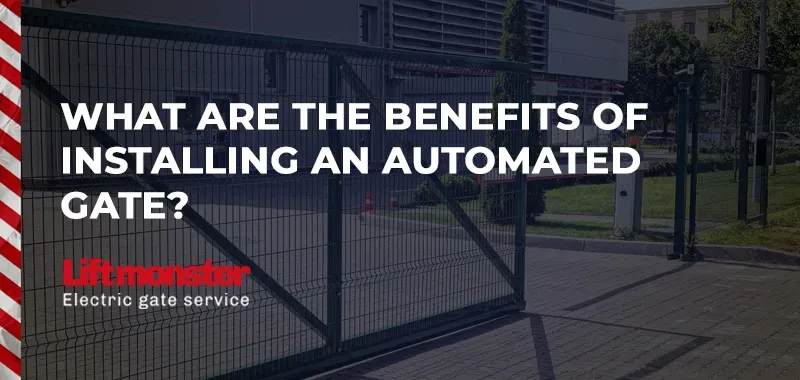

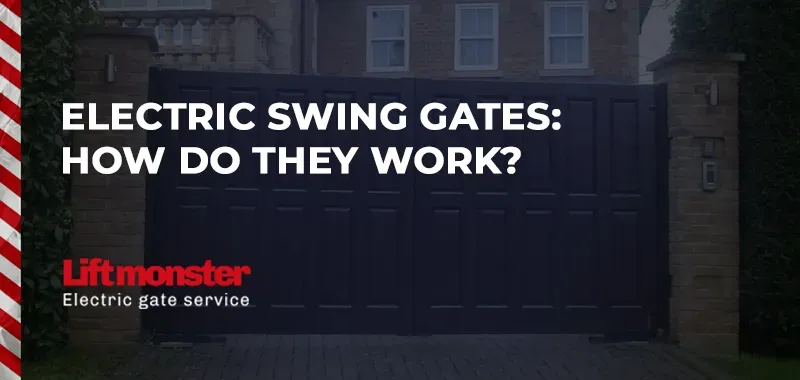
Copyright 2024 Lift Monster LLC
Design and Manage By Magenta SEO


